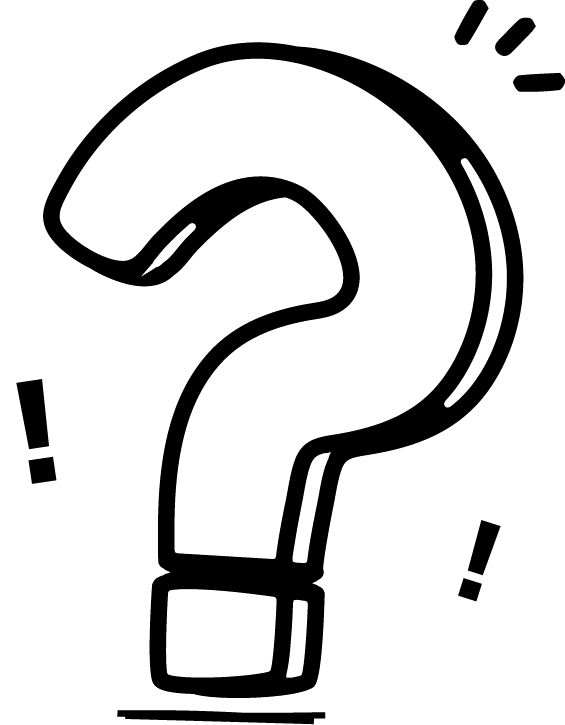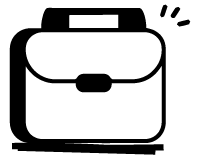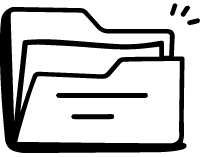
In the digital world, where every click matters, understanding the difference between a landing page and a homepage isn't just helpful — it's essential. Many businesses pour time and money into online efforts without realizing that their homepage might not be the best destination for that traffic. Knowing when to use a homepage versus a landing page can make the difference between a curious visitor and a committed customer.
Let’s break down what each page does, how they’re structured, and when you should use them to achieve the best results.
A homepage is the main front door of your website. It’s the page most people see when they type in your domain name directly or find you through search.
● Acts as an overview of your business.
● Offers full navigation to other parts of the website.
● Features a mix of content: services, about section, testimonials, blogs, etc.
● Used by new visitors, returning users, and general explorers
It’s designed to give a broad sense of who you are and what you offer. Think of it like the welcome area in a hotel: nicely decorated, informative, and ready to direct you wherever you want to go next.
A landing page is where a user “lands” after clicking a specific link — usually from an ad, email, or campaign. Its purpose? To get the visitor to take one action.
● Lead capture (form to get user information)
● Sales page (to make a purchase)
● Registration page (for events, webinars, etc.)
● Download page (for ebooks, guides, offers)
● One message
● One audience
● One call-to-action
It’s like entering a meeting room set up for a single, focused conversation. There are no extra doors, just a clear message and a button saying what to do next.
| Feature/Aspect | Homepage | Landing Page |
|---|---|---|
| Purpose | Acts as the main gateway to your site. | Focused on one goal (e.g., sign-up, buy, register). |
| Navigation | Includes a full navigation menu. | Often minimal or no navigation to keep focus. |
| Audience | General — new or returning visitors. | Specific — ad or campaign-driven visitors. |
| Content | Broad content — multiple sections and messages. | Laser-focused content for one offer. |
| Call-to-Action | Multiple CTAs (Explore, Learn More, Contact Us). | One clear CTA (Download Now, Sign Up Today). |
| Traffic Source | Organic traffic, direct, SEO. | Paid ads, social campaigns, email links. |
| Design | Designed to educate and explore. | Designed to convert and direct. |
| Example Use Case | Homepage for yoursite.com. | Landing page for yoursite.com/summer-offer. |
● You're introducing your business to a wide audience.
● Visitors are coming from Google search or typing in your brand name.
● You want people to explore different areas of your website.
● You’re offering multiple services or products.
● You aim to build trust, brand identity, or offer ongoing content (like blogs).
Example: A visitor searches "best digital agency in Bangalore" and lands on your homepage. From there, they can browse your services, read testimonials, or check out your portfolio.
● You're running a paid ad campaign.
● You have a specific offer, event, or lead magnet.
● You want to measure the success of one campaign or CTA.
● You don’t want distractions — just action.
● You need to track conversions accurately.
Example: You run a Facebook ad that says “Get a Free Consultation.” Clicking it sends users to a dedicated page with a form and nothing else to click — just a headline, form, and a “Book Now” button.
Users from ads are expecting something specific. A homepage is too broad and distracts from the message.
The more exits you offer, the lower your chance of conversion.
Both pages should be mobile-optimized. But for landing pages, where conversions are expected, it's critical.
If your ad promises a discount and your landing page talks about product features instead, users will bounce.
● Keep navigation clean and intuitive..
● Use visuals and headlines that reflect your brand identity.
● Include social proof like testimonials or client logos.
● Make CTAs visible, but don’t overdo them.
● Write a strong headline that connects with the user's intent.
● Use a single, bold CTA above the fold.
● Remove unnecessary links and distractions.
● Add urgency with time-limited offers or benefits.
● Test variations (A/B testing) to improve performance.
Your homepage is your digital headquarters. Your landing pages are campaign-specific rooms within that building. One builds trust over time, the other asks for action now.
● Visitors who aren’t ready to convert might visit your homepage and come back later.
● Visitors who are ready will land directly on a focused page and take immediate action.
● Together, they create a complete user journey — from awareness to interest to action.
Landing pages and homepages aren’t interchangeable — they each play a distinct role in the success of your online strategy. A homepage gives people the big picture; a landing page zooms in to seal the deal. Whether you’re launching an ad, redesigning your site, or improving conversion rates, knowing which page to use — and when — will help you get the most out of your traffic.

Can a landing page replace a homepage?
How many landing pages should I have?
Can I use my homepage for Google Ads?
What tools can I use to create landing pages?

Years in Work

Project done

Happy Clients
